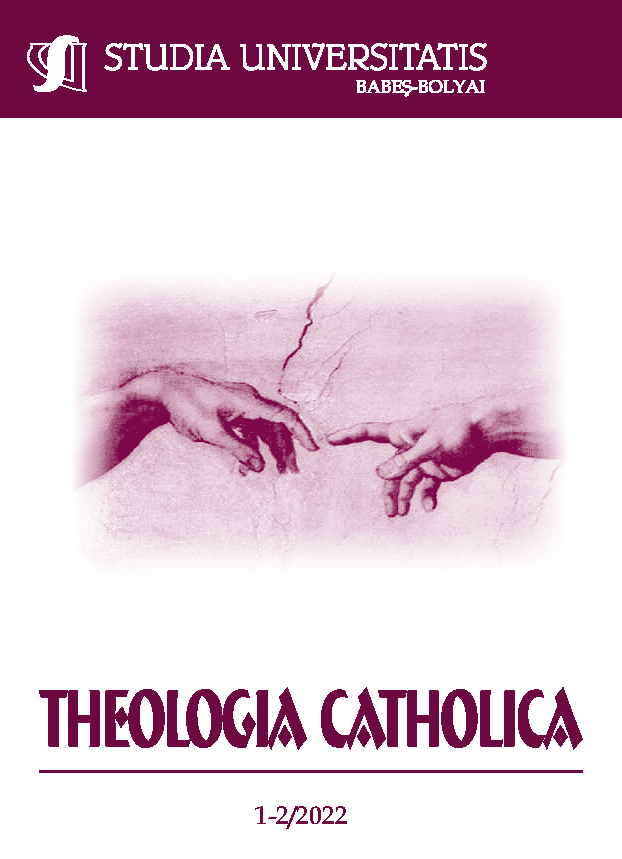1721. FĂGĂRAȘ. CONSIDERAZIONI IN MARGINE
1721. FĂGĂRAȘ. MARGINAL CONSIDERATIONS
Author(s): Cesare AlzatiSubject(s): History of Church(es), Local History / Microhistory, Political history, 17th Century, 18th Century
Published by: Studia Universitatis Babes-Bolyai
Keywords: United Romanian Church; Ecclesia Valachorum; Stefan Báthory; Alba Iulia; Synod; 1698; Kollonics Card. Lipót; Făgăraș; United Romanian Eparchy; Inochentie Micu Klein; Blaj; Major Archeparchy;
Summary/Abstract: 1721. Făgăraș. Marginal considerations. With Stefan Báthory’s crowning in 1571, the headquarters of the Romanian Church in Transylvania was established by the will of the ruler in Alba Iulia, prince’s city. Based on this decision, a special institutional visibility was conferred on the hierarch and those who followed "Romanam Videlicet Graecam Religionem", which by their confession were to be excluded from participating in the political ruling of the principality. This central position of the Romanian Hierarch was not questioned even during the seventeenth century, which was marked by the strong pressures exerted on the Romanians and their Church by the Protestant Powers to get them on the reform side. At the end of that century, Transylvania has been taken out of the Turkish vasality by the Holy Roman Empire and between 1697-1701 the leader of the Romanian Church, Atanasie Anghel, joined the communion with the Church of Rome. After the Roman-Catholic episcopal seat was restored in Alba Iulia, Atanasie Anghel’s successor was driven away from the Capital and in 1721 his headquarters was set in Făgăraș, on the outskirts of Transylvania. Although since 1737 the Episcopal headquarters of the diocese has been transferred to Blaj (Little Rome), the indication of Făgăraș in the title has been preserved until today, and only from 1853 was the reference to Alba Iulia. The rank of Major Archeparchy now acquired by the Romanian United Church allows a redefinition of the Archeparchy’s title, which fully honors the extraordinary history of this church, whose origins lead us to the centuries of late antiquity when Christian Basilicae appeared in Pannonia and Illyricum, which in the sixteenth and seventeenth centuries facing the Protestant powers professed with courage their faith, and in 1697-1701 declared the Union with Rome, and which in the last century, facing the totalitarian atheocracy, kept loyal the Union of usque ad sanguinis effusionem.
Journal: Studia Universitatis Babes Bolyai - Theologia Catholica
- Issue Year: 67/2022
- Issue No: 1-2
- Page Range: 7-24
- Page Count: 18
- Language: Italian

